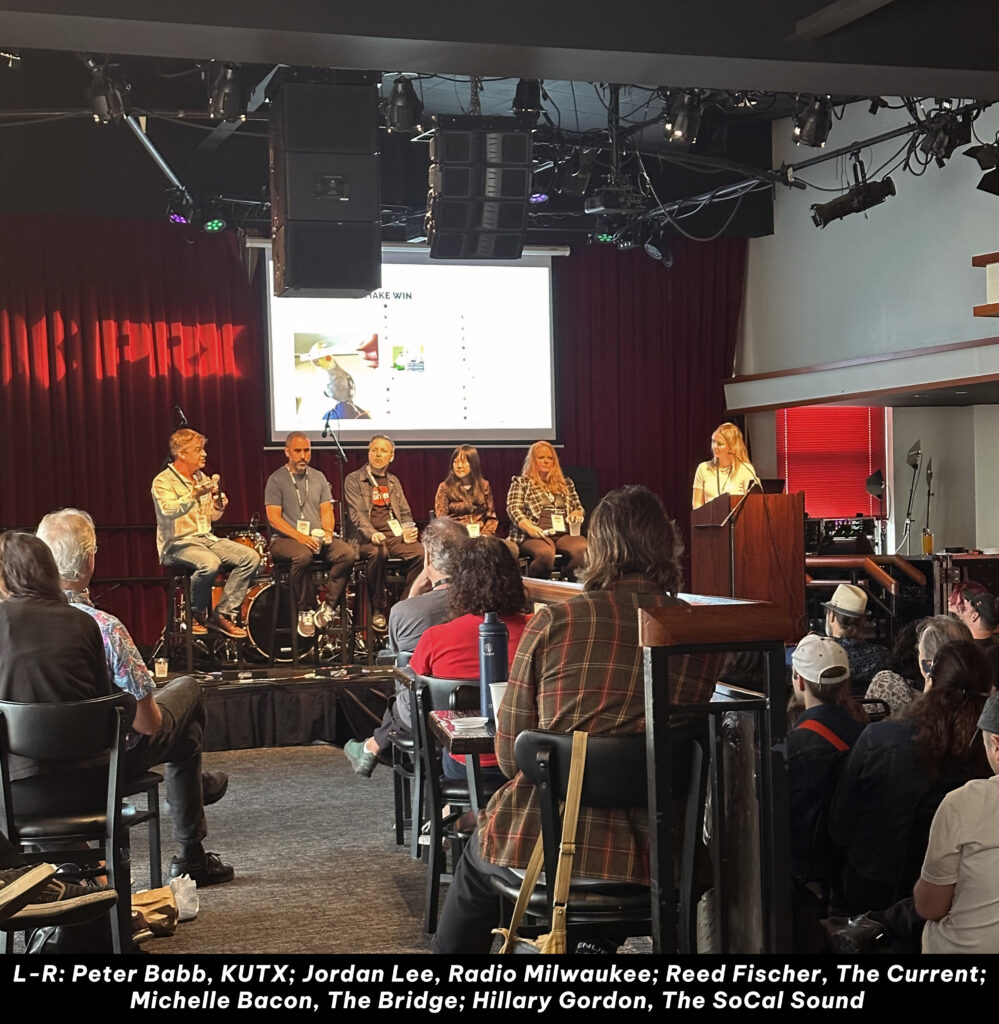I recently had the honor of moderating a panel discussion at NON-COMM in Philadelphia, focusing on “The Digital Handshake.” This concept emphasizes the importance of inter-departmental collaboration in public radio to effectively implement digital strategies. Reflecting on the journey that led public radio to its current digital-first approach, I realized how much has changed since I began working with stations nearly a decade ago.
Back then, ‘digital’ typically meant having a website and maybe a newsletter. Convincing stations to venture into social media required significant effort and explanation. As social media became more ubiquitous, stations started establishing a presence online, but often without a strategic plan. The goal was merely to check off the box of posting regularly.
Today, the landscape has evolved. Stations now understand the importance of not just being present on social media but also engaging intentionally with their audiences. Digital strategies are comprehensive, connecting on-air content with digital platforms and creating detailed plans for each platform. The success of these efforts hinges on what I call the “digital handshake”—the seamless collaboration across departments, especially between marketing and digital teams.
The panel featured a diverse group of experts: Hillary Gorden from KCSN Los Angeles, Michelle Bacon from KTBG Kansas City, Jordan Lee from Radio Milwaukee, Reed Fischer from The Current Minneapolis, and Peter Babb from KUTX Austin. Here are the key takeaways from their insights on making the digital handshake successful:
Connecting On-Air to Social
KCSN, KTBG, and The Current shared successful digital campaigns that integrated on-air elements, driving listeners to engage online. These campaigns resulted in significant increases in follower counts, website visits, and newsletter subscriptions. For example, KUTX’s “Topical Paradise” allows listeners to request thematic songs on Facebook, which are then played on air. This strategy not only boosts social media engagement but also fosters loyal listenership.
Organizational Project Management Tools
Effective inter-departmental communication requires robust organization. There are numerous project management tools available to streamline digital efforts, ensuring everyone stays on track. These tools facilitate planning, accountability, and seamless collaboration across teams.
Hosts as Content Creators
Radio Milwaukee has implemented an innovative approach by empowering their DJs to create content. This initiative not only produces authentic content but also enhances the workflow. The marketing team schedules, reviews, and edits the content using Monday.com, a popular project management tool.
Growing Pains
Despite the successes, the panelists acknowledged the growing pains associated with shifting to a collaborative, digital-first approach. Each station faced challenges and learned valuable lessons along the way. As the digital landscape continues to evolve, it’s imperative for public radio to adapt and stay ahead. Breaking down silos and fostering a collaborative environment are crucial steps in this evolution. Once internal collaborative processes are established, your station’s digital presence will naturally become more recognizable and robust to your audience. As the saying goes, “You have to start within!”

Leave A Comment